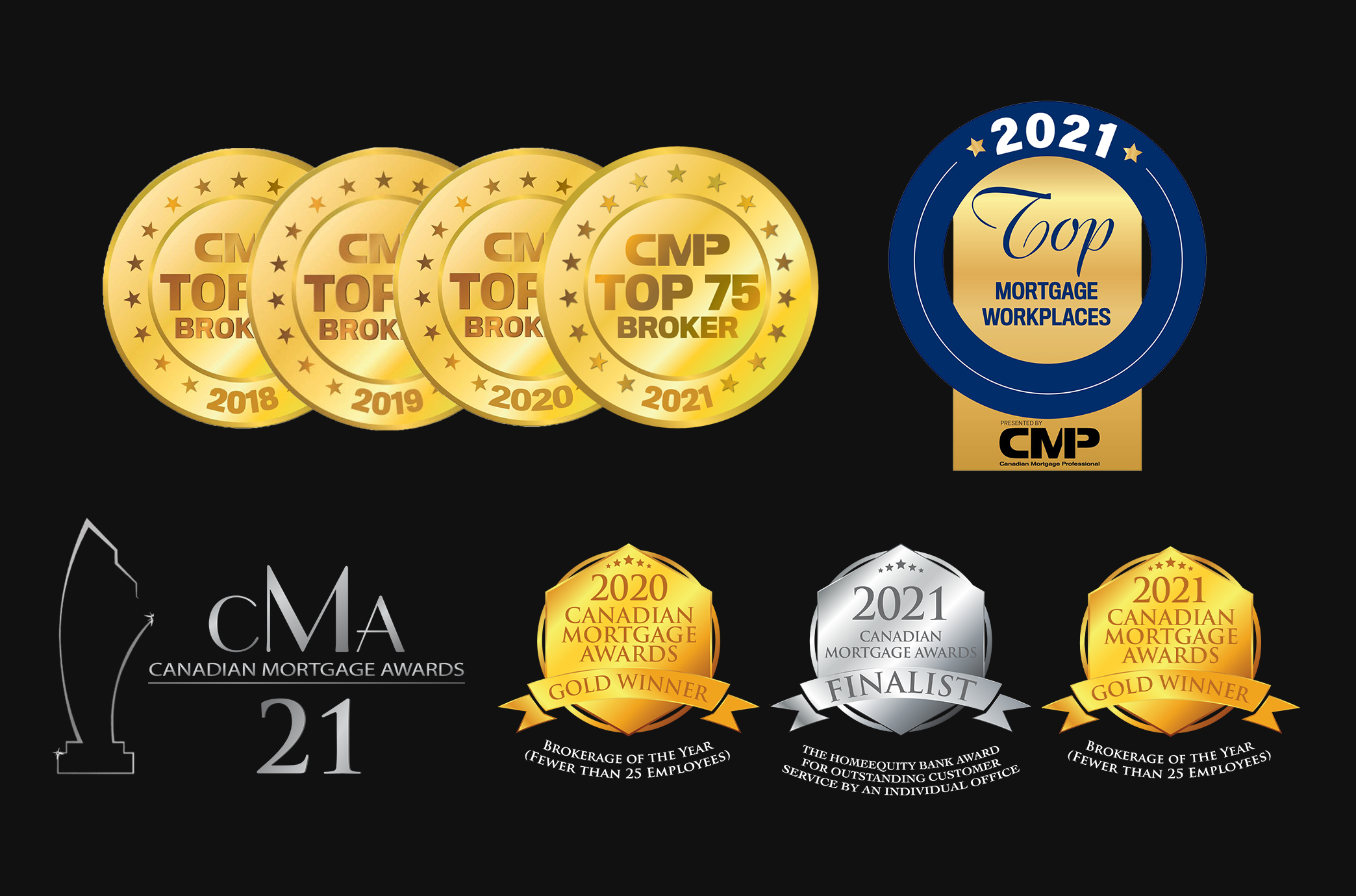Great Mortgages. The Right Insurance. Expert Advice.
Home Ownership is a Hot Issue This Election. But Will Politicians’ Promises Hurt or Help Prospective Buyers?
Your Outline
Financial Team.
Call or email
at any time:
Like a lot of voters, Krystle Williams-Bhagwandat admits she is not 100 per cent up on the federal parties’ election platforms.
But last week, the 27-year-old couldn’t help notice how one campaign promise was eliciting some excitement among the members of her online chat group – buyers in the same Whitby development where she and her husband Andre, 29, are purchasing their first home.
Conservative Leader Andrew Scheer had just announced that if he was elected prime minister, he would loosen the mortgage stress test that makes it tougher for many homebuyers to qualify for a loan. He also promised to lengthen mortgage amortizations from 25 to 30 years – a move that costs the borrower more in the long run but could mean lower monthly payments for some buyers.
“Everyone’s really happy about that. I think they’re all trying to vote Conservative now because of that,” said Williams-Bhagwandat, 27.

In the federal election campaign, all the major parties are appealing to voters discouraged by the high cost of housing, particularly those in big metropolitan centres like Toronto. The Liberals are promising to expand the First-Time Home Buyers Incentive shared-equity program. The NDP is also pledging to lengthen amortization terms to 30 years for insured mortgages and it says it will double the Home Buyers Tax Credit to $1,500.
While the real estate sector and homebuilders have been lobbying politicians to support homeownership, some economists and real estate experts are wary of election promises that could further inflate already high household debt levels and push up home prices by increasing demand.
Williams-Bhagwandat, a registered nurse, and her husband, who works in environmental servicesat the same Toronto hospital, have been living rent-free with her parents since their marriage in 2017. They have already put down $64,000 on their $575,000 pre-construction home.
When they take possession, hopefully in January, Williams-Bhagwandat expects the rear-lane townhouse – it has a garage and patio but no yard – will be their forever home, too.
“We don’t think we can afford to move anywhere else,” she said.
The couple’s combined income was just hundreds of dollars higher than the maximum $120,000 that would have allowed them to qualify for the First-Time Home Buyer Incentive, a program announced under Justin Trudeau’s Liberal government that he has promised to extend if re-elected.
If that happens, first-time buyers in expensive cities such as Toronto could qualify for an interest-free second mortgage on a home valued at up to $789,000, rather than the previously announced $560,000 – a sum that doesn’t go far in the GTA. Under the expanded version, homebuyers could earn up to $150,000. CMHC said it would not release figures on how many people have applied for the existing program probably until November.
Polls show that housing costs rank high among voters’ top concerns and Williams-Bhagwandat says she understands why. “Everyone talks about it. We’re the first generation that won’t be able to buy a home essentially,” she said, adding many of her friends aren’t even really saving because the prospect of owning feels so unattainable.
But political promises to assist voters feeling defeated by high home prices won’t do anything to lower the cost of housing, says Toronto broker John Pasalis, who has a reputation for being something of a contrarian in the real estate sector.
The Liberals’ First-Time Home Buyer Incentive is just another kind of debt, he said. When the owner sells their home, they have to pay back the percentage of that second mortgage to Canada Housing and Mortgage Corp. (CMHC). But extending the program makes sense in Toronto, where the average home price of $800,000 (including houses and condos) is nearly twice the original cap.
“Getting rid of the stress test in Toronto and Vancouver would be popular with voters but the reality is it is just pushing up house prices. It’s a positive policy that fuels more demand and it’s already a very tight market,” he told the Star.
“I think it was (CMHC CEO) Evan Siddall who said – and he’s right – everyone is so focused on the stress test but they’re not realizing that one way of keeping homes affordable is not seeing prices go up seven per cent a year. Prices have been relatively stable in part because of the stress test. Any lift you get from the 30-year amortization goes out the window after a year if prices go up seven, eight, nine per cent,” Pasalis said.
There is a policy push to aid homeowners, who already enjoy “massive tax benefits,” he said. “They should have more policies that are a little bit more equitable for renters on top of building a new supply of affordable rentals.”
Even though she and her boyfriend have put down a deposit on a new construction townhome, Shawna Paterson, 25, says rentals are a big part of the housing equation.
Addressing the GTA’s “ridiculously high rent prices” would help other young people buy homes, said Paterson, who along with boyfriend Jake Lorenzen, 27, expects to take possession of their home next summer. “Any way the government could try to help the outlandish rental costs in the GTA would be great,” she said.” If someone was having to pay $2,000 a month to rent an apartment in Toronto, there’s no way they could possibly save for a down payment on a house.”
The only way she and Lorenzen, a manager at an auto dealership, have been able to save for their $580,000 home is by living with family. They occupy a basement apartment in an aunt’s home in Pickering, paying $150 a month. The same apartment would ordinarily cost about $1,300, said Paterson, an interior designer who commutes downtown by GO rather than owning a car.
“I’ve basically lived in basements since I graduated university,” she said. “I’ve had enough. The thing I’m most looking forward to is having a window – a window I can see out of.”
Paterson doesn’t favour loosening mortgage rules, including the stress test that requires borrowers to qualify for loans two per cent higher than the rate their bank offers. She thinks it prevents some people from overextending their finances.
“I almost think it’s a good thing,” she said.
David Macdonald, senior economist with the Canadian Centre for Policy Alternatives, an Ottawa think tank, agrees there is more governments could do beyond directly assisting home buyers.
“We could make 35-year or 40-year amortizations and those would be plenty popular. It’s just not a great idea,” he said.
“We’ve got ourselves into a pickle in the housing market and there isn’t a simple solution to reducing housing prices. What will likely be the solution is, hopefully, government policy keeps housing prices more or less in check and that continues for a decade or two and inflation slowly eats away at their relative price. Then people can afford to buy them or certainly young people can afford to buy them,” he said.
Macdonald’s analysis shows the younger you are, the larger your mortgage is likely to be. Homeowners in their 20s, 30s, and 40s were carrying about twice as much mortgage debt in 2016 as people that age in 1999, he said.
For politicians, housing is a tricky balancing act between getting younger buyers into homes and maintaining the interests of older owners who want to maximize their equity.
Macdonald says there is more politicians can do in terms of building affordable purpose-built rentals for low-income and middle-class Canadians, who increasingly can’t afford to buy homes.
The Liberals’ National Housing Strategy will add about 15,000 affordable units each year for the next decade.
“(That) is actually pretty good compared to the last 25 years, but it’s below the number of units we were building in the 1970s and 1980s where we were building 20,000 new affordable units a year,” he said.
“The Greens are targeting 25,000 units a year that would get us at least where we were in the 1980s and the NDP is targeting 50,000 new units a year. That would be a fairly dramatic increase even compared to where we were in the 1980s and is likely more on par with what we’re going to need going forward,” Macdonald said.
The NDP is proposing the biggest number of affordable units – 500,000 in 10 years, with half-built in the first five years.
The National Housing Strategy also includes a rent supplement that is scheduled to start next April. The Liberals say it will assist 300,000 households with an average of $2,500 a year. The NDP says it will provide rent supplements up to $5,000 per year for as many as 500,000 families.
Pasalis favours policies that curb negative behaviours in the housing market such as speculation and money laundering that helped inflate the 2016 and 2017 housing bubble in Toronto and Vancouver.
The Liberals are promising a national one per cent Vancouver-style non-resident foreign owners tax. The Conservatives say they will launch a full inquiry into money laundering and the NDP has pledged to create an anti-money laundering RCMP unit and a foreign buyers tax. It is also promising to work with the provinces to build a public beneficial registry to increase transparency about property ownership.
While the federal parties may be holding out short-term promises, Macdonald hopes they’re also thinking long-term.
“They want to get elected but they want to see economic growth and they want to see young families do well and not get buried under debt that the second interest rates go up one per cent they have no disposable income.”
Meantime, Pasalis warns that Toronto’s not likely ever going back to house prices that are three or four times the average household income. They’re currently about eight times as much. “A lot of cities that are like us are very similar these superstar cities that are international, that are supply-constrained and that attract a lot of people from overseas because they’re good, global cities,” he said.
Copyright 2019. Article courtesy of the Toronto Star, Outline Financial and FSB as originally posted in the Toronto Star.




